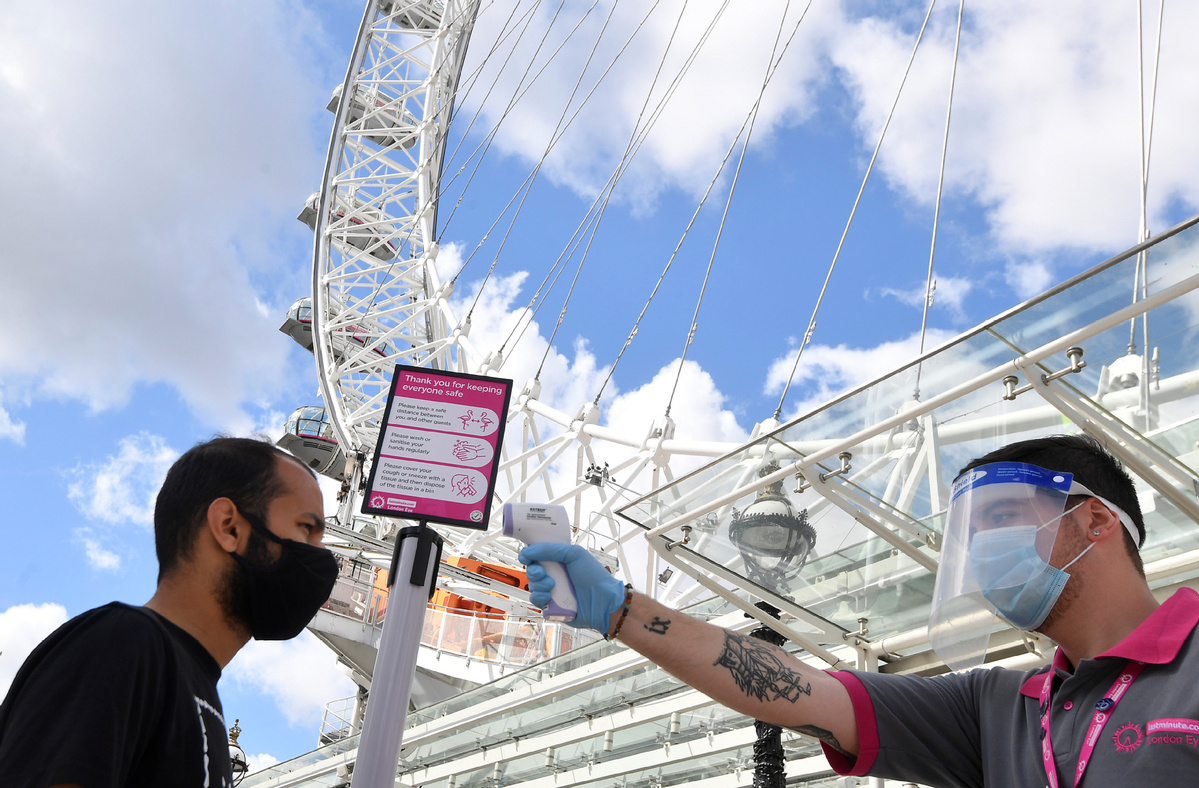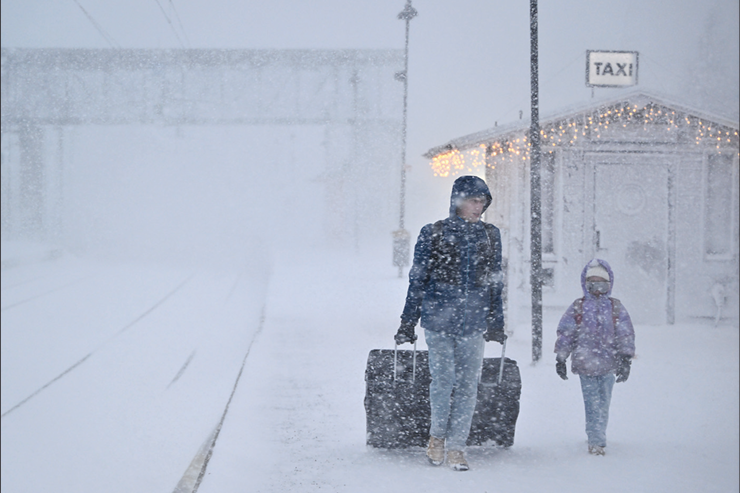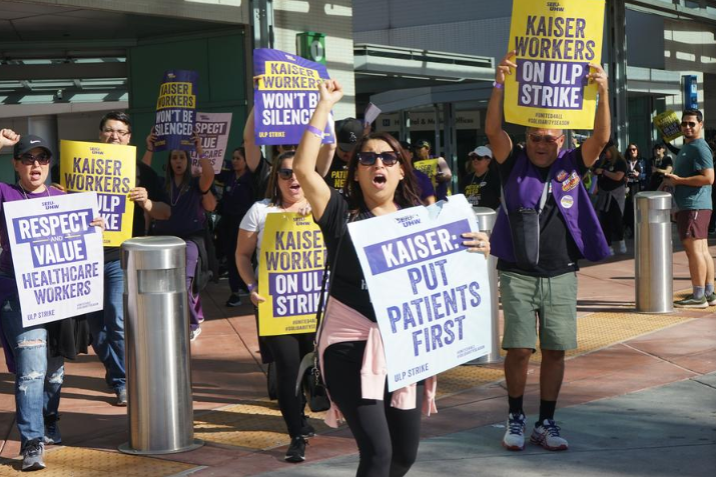London's air now cleaner, says transport report


Low-emission bus zones have helped reduce dangerous toxic air in parts of the United Kingdom capital by 94 percent, according to an annual report from Transport for London, or TFL.
Data from its Travel in London study showed the number of Londoners living in areas where the amount of nitrogen dioxide was more than legal limits fell from two million in 2016 to 119,000 this year.
The transport authority said the enforcement of low-emission bus zones in identified pollution hotspots, and an ultra-low emission zone introduced in Central London in February, contributed to the change.
More attention is being paid to the toxic air issue in London, especially with an ongoing inquest into the death of Ella Kissi-Debrah, a 9-year-old girl who lived just meters from one of the capital's busiest roads.
Ella died in February 2013 having suffered many asthmatic seizures and was taken to hospital nearly 30 times in the three years prior. She may become the first person in the UK for whom air pollution is listed as the cause of death.
The TFL report showed traffic on roads, which initially fell by half during lockdown, recovered rapidly to a near-normal level of 92 percent of pre-COVID rates in outer London at the end of September, 90 percent in inner London and 78 percent in the central area.
Central London's congestion charge is curbing road traffic, however, the report warns of a "car-led" recovery and raises "concerns about the ability of London's limited road capacity to cope as activity returns."
Figures showed a big increase in the number of people walking and cycling in London since the start of the COVID-19 pandemic in spring, with journeys made on foot or by bicycle up from 29 percent between January and March this year to 46 percent between March and June, before falling back to 37 percent in September.
Transport for London will spend at least 75 million pounds ($100 million) on walking and cycling programs across the capital over the next six months under the terms of government coronavirus bailouts. About 88.5 kilometers of new or upgraded cycle lanes have been built or are under construction.
"This new data shows just how important walking and cycling have been in helping Londoners stay healthy and safe," TFL Streetspace delivery manager Helen Cansick said, quoted in the Evening Standard. "That's why it's crucial that we continue to invest to support walking and cycling, ensuring that the capital can recover from the pandemic as a healthier and more sustainable place for everyone."
Data showed that the London Underground train service was hardest hit by the crisis, with rides on the tube dropping to just 3 percent of normal rates during the first lockdown in March, before recovering to below 40 percent.
The number of people using bus services was down by 86 percent before recovering to 55 percent of normal levels in October.

































